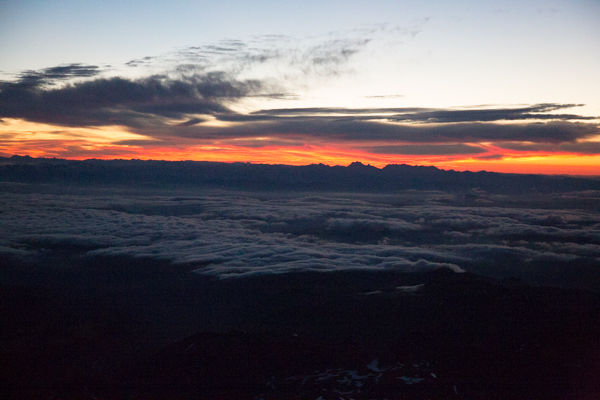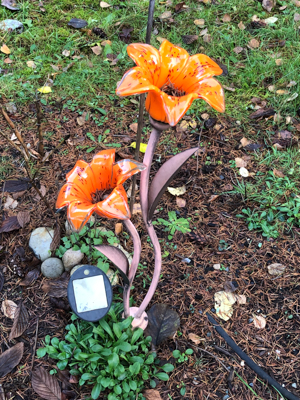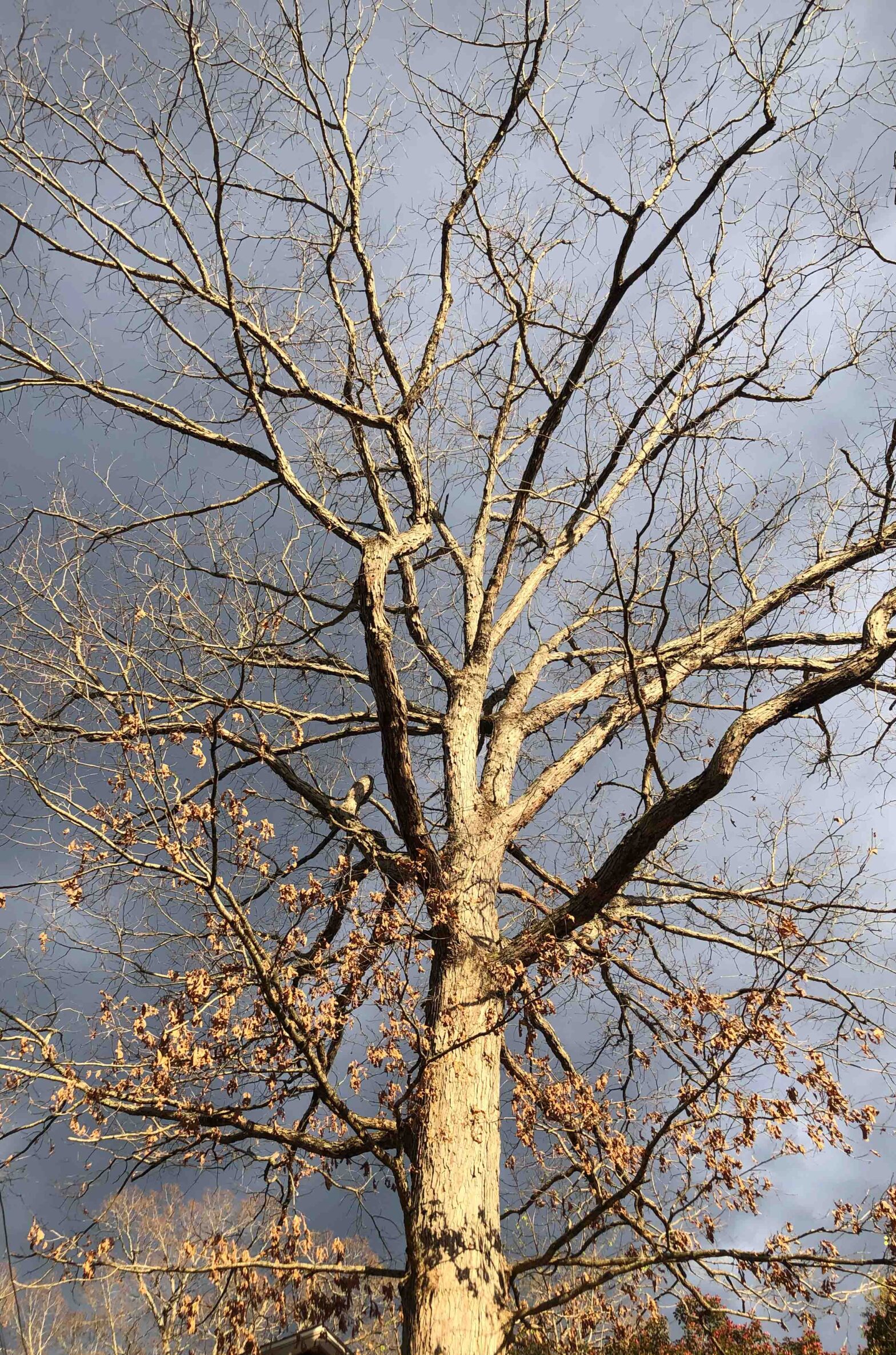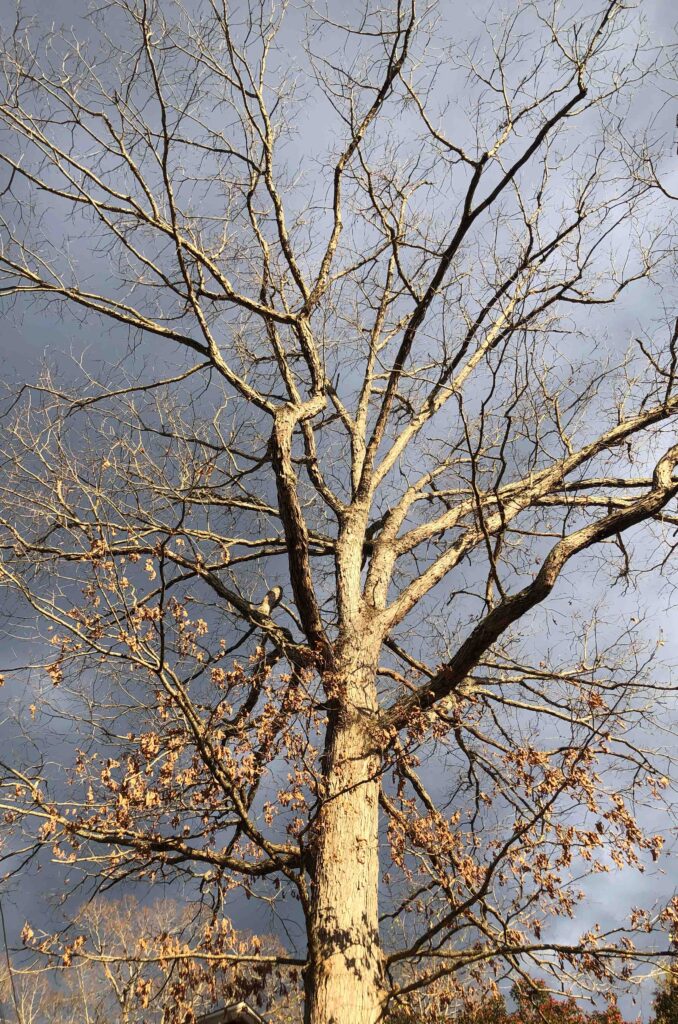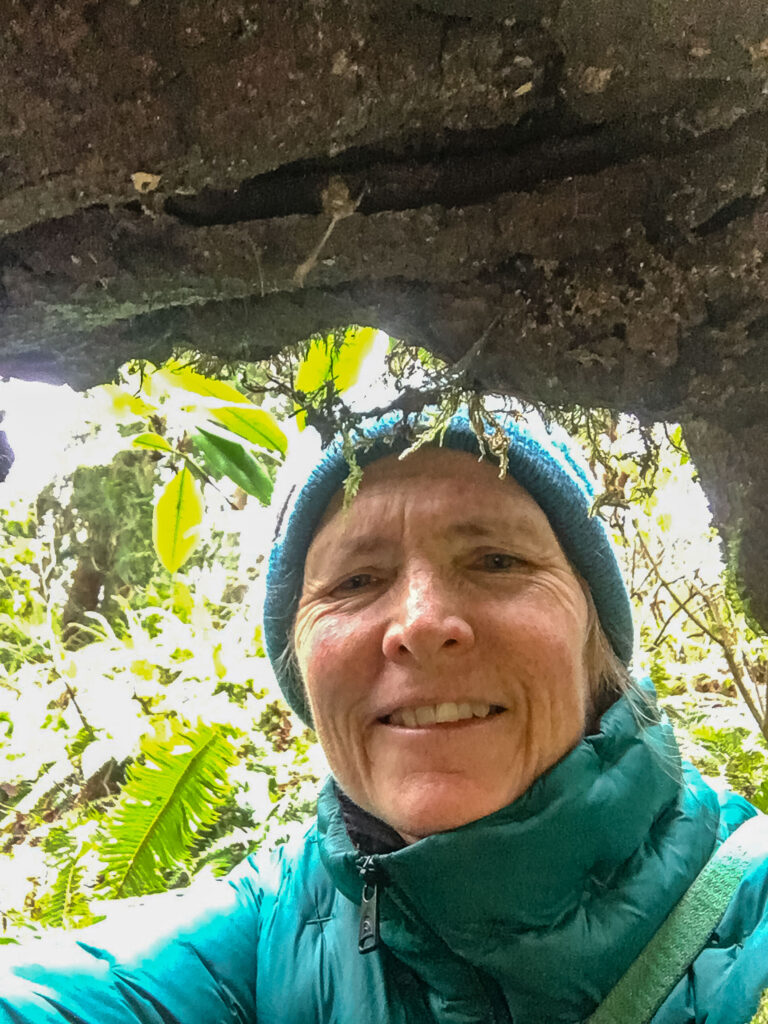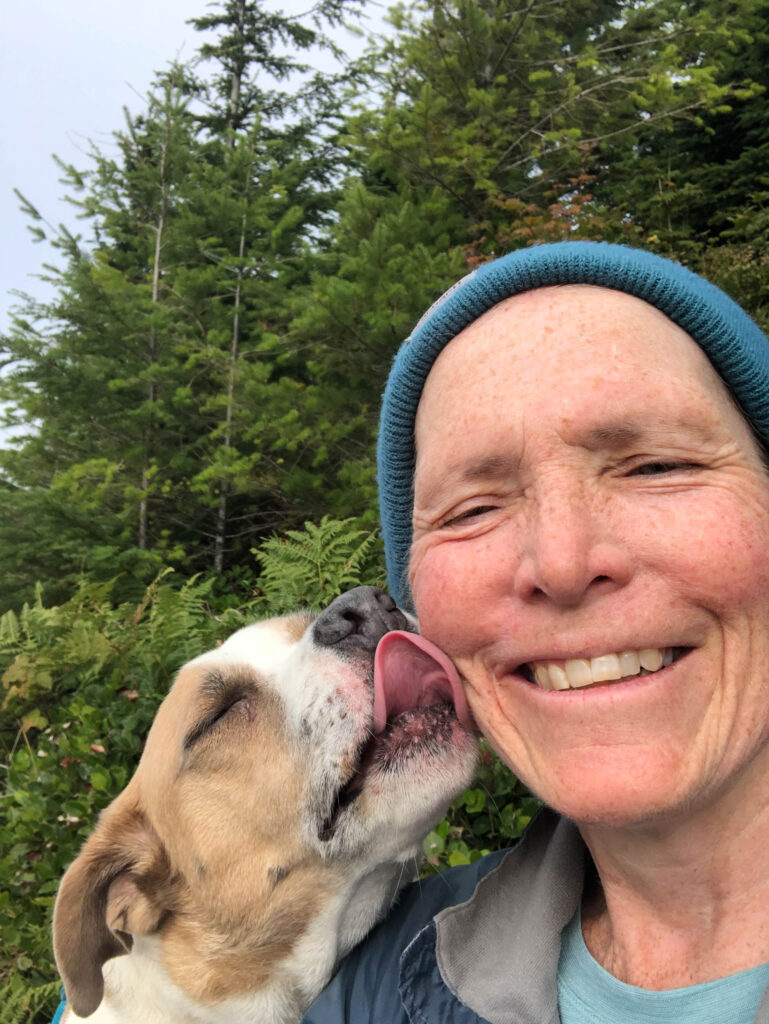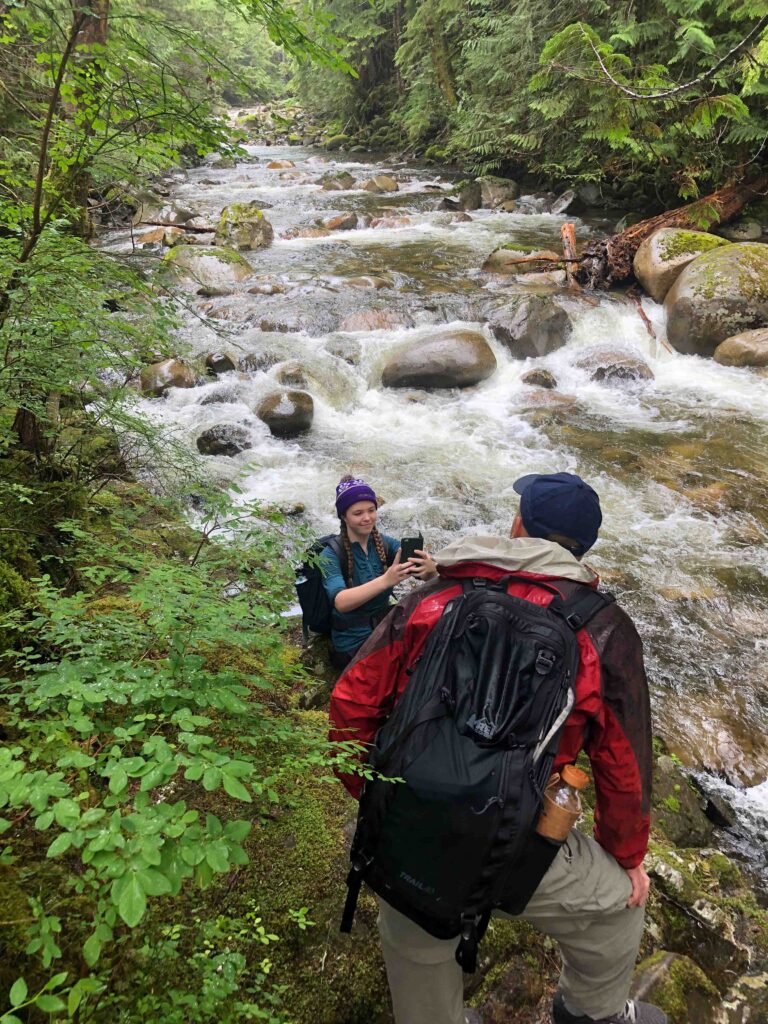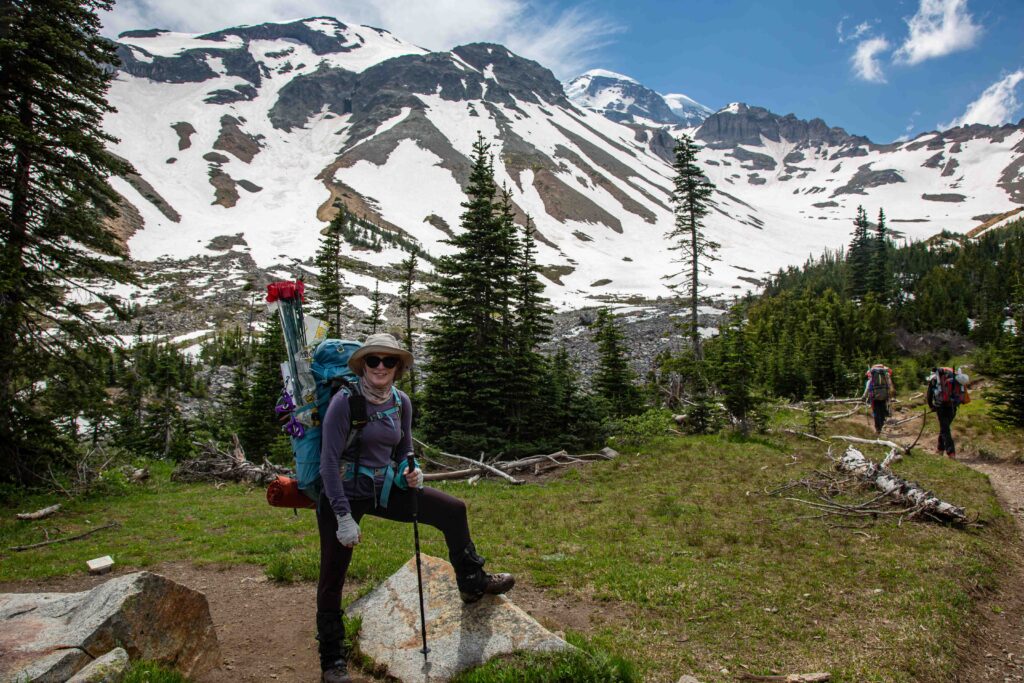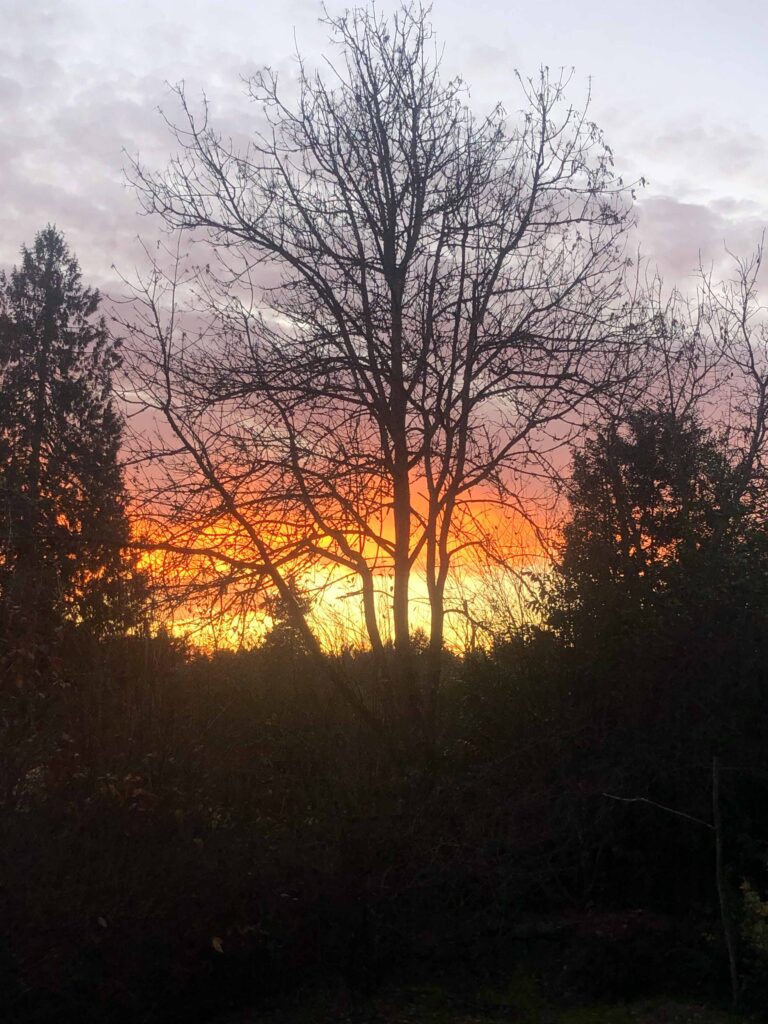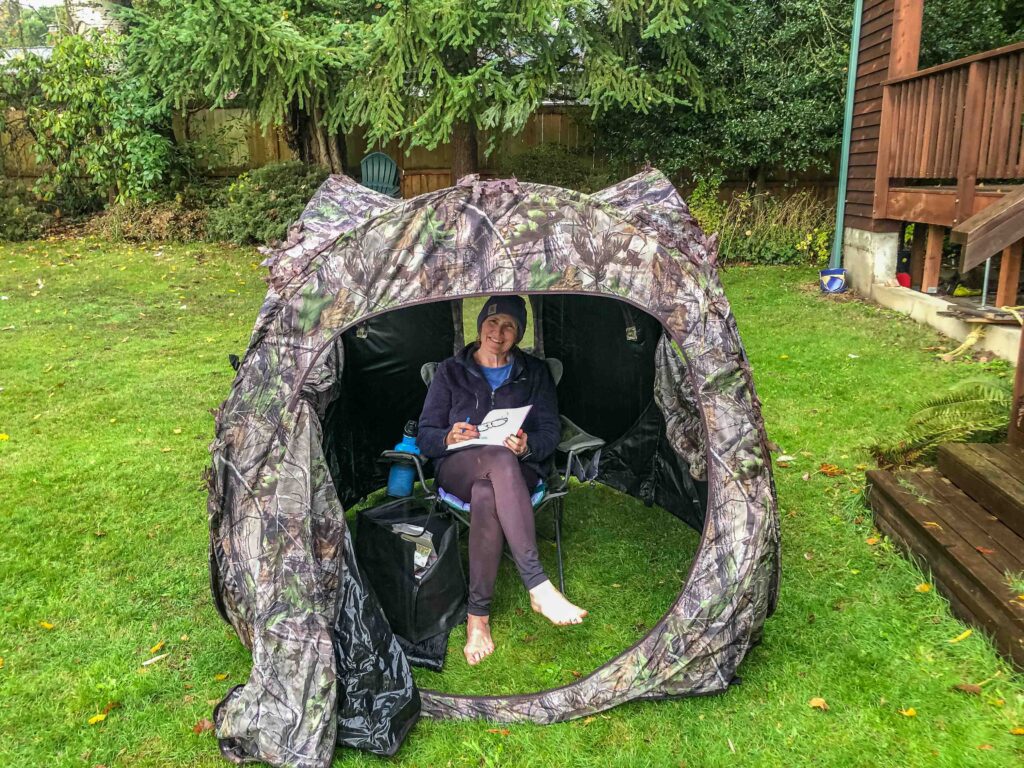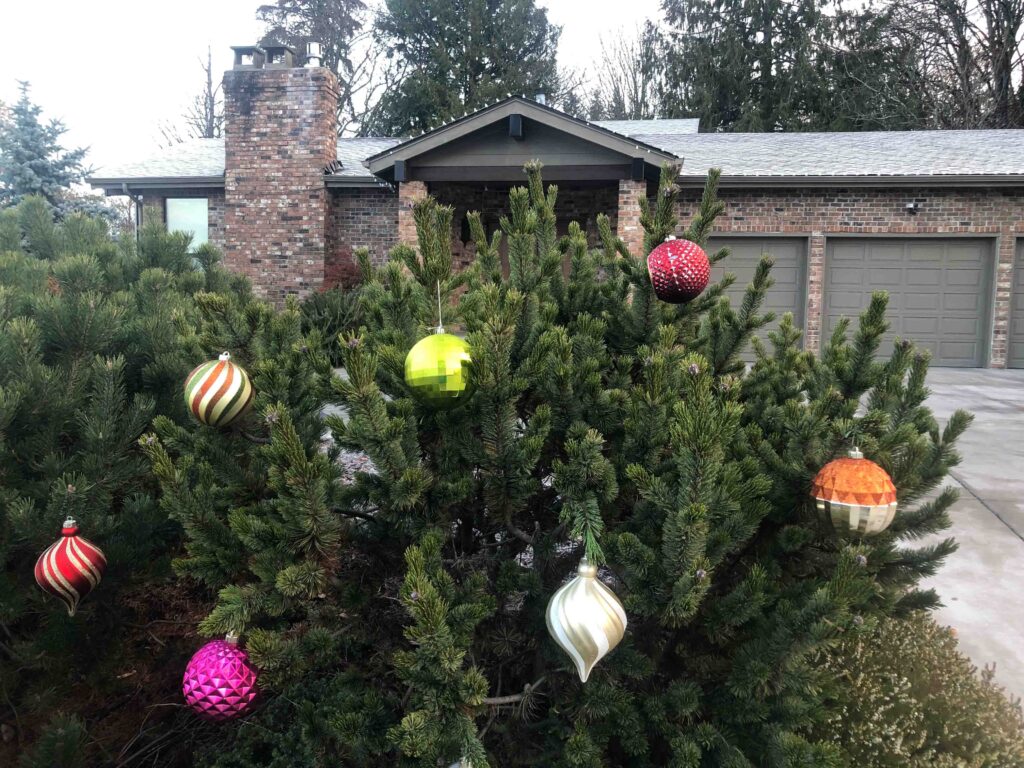This week I’ve been listening to recordings of Tama Kieves’ “A Course In Miracles: Creating Flow in Your Life” from the summer of 2023. Flow reminds me of my favorite waterfowl, the wood duck. The Drake, pictured below, is one of the most unique and colorful ducks I’ve ever seen. I channel my inner wood duck when I need to “go with the flow” and let annoyances roll off of me like raindrops on feathers. They have become my metaphor for creative flow and resilience. As Leigh Hunt puts it: “Colors are the smiles of nature”. The male wood duck makes me smile every time I see one.
According to my Ebird.org records, most of my 28 sightings have either been at Juanita Bay Park or Reifel Bird Sanctuary just over the border in Canada. And a look at when I’ve seen these magnificent birds most often – in January – ties nicely with my 2024 intention to view obstacles as opportunities. We’re already planning a trip to visit these beautiful birds.

Fun Facts about the Wood Duck
For this post, I turned to Cornell University to learn more fun facts about this favorite fowl. Not only are they lovely to look at, but they’re also unique and curious creatures.
- Males boast a mix of green and blue, a chestnut-breasted chest, orange beak, red eye, and a black-and-white neck. WOW.
- Wood ducks live in wooded swamps, where they nest in tree cavities or nest boxes near lakes
- Nesting cavities might be up to a mile away from water; they don’t use woodpecker-made cavities
- They have strong claws that help them grip bark and perch on branches
- Wood ducks pair up in January and produce two broods a year
- Females may lay 10-11 eggs, but nests might hold up to 29, the result of “egg dumping” from other females
- Ducklings can jump from their tree nests over 50 feet high without getting injured
- The oldest known wood duck lived over 22 years
- As Ralph Waldo Emerson put it: “Nature always wears the colors of the spirit”. These fancy ducks top them all in North America. Only the Mandarin duck, native to East Asia, is more colorful.

Embrace Change Gracefully, Like the Wood Duck
Wood ducks thrive in multiple environments throughout the U.S. As dabbling ducks, they feed in the water, but they nest in wooded areas where empty cavities are plentiful. They navigate storms elegantly and gracefully, weathering all kinds of challenges including growing debris in their native waters.
For those of us experiencing life changes (and who isn’t?), we may feel like ducks out of water sometimes. But by focusing on our strengths and capabilities — what comes naturally to us — rather than on perceived lacks or “should” messages, we increase our resilience like the wood duck. If we’re out of our element, how might we adapt? What could be good about the current situation if we rewrite our stories?

Getting Immersed in Flow
One way to increase our resilience is to spend more time in flow. By that, I mean getting immersed in a just-right activity. You may know the feeling: working on a craft, writing something you’re passionate about, helping animals, or doing some project like gardening where you lose track of time.
When wood ducks forage, they go after food with 100% focus. Likewise, when we are doing what comes most naturally to us, or what we’re meant to be doing, time loses its importance.
Birding, hiking, and grounding are such activities for me. I find I am much more creative with my writing when I regularly spend time in nature.

For some, mindfulness, meditation, and yoga are calming activities that invite flow. But if they do nothing for you, think about those engaging and enjoyable activities that allow you to focus on living today, not in the past or future. And I am not referring to gaming, scrolling through cute kitty videos, or chilling with screens. Such activities don’t engage the mind like flow activities do. Where do you experience flow?
Connecting with Your Inner Wood Duck
Albert Einstein put it this way: “Look deep into nature, and then you will understand everything better”. While I am not a genius, I know the therapeutic healing effect nature has on me. The wood duck and bodies of water are both soothing natural elements. If you’ve been following this blog for a while, you may recall past posts about forest bathing. walking meditation, bird watching, and grounding.
The elements that all these activities have in common are: 1. they are outside activities, 2. they do not involve technology or screens (unless you’re charting your birds); 3. all involve contemplation and mindfulness; 4. time slows down. Elements of flow. Painting landscapes, gardening, hiking, writing at a park or nature retreat, and golfing can all be flow practices.

Think about your relationship with nature. When do you most enjoy it? Where? With whom? In 2024, how might you spend more time connecting with nature?
Permission to Be Imperfect
Alice Walker is quoted as saying, “In nature, nothing is perfect and everything is perfect. Trees can be contorted, bent in weird ways, and they’re still beautiful”. If we lived in a world of perfection, it would be a pretty boring place.
What if we viewed our lives the same way — that at any given time, nothing may be perfect and yet everything can still be perfect in its imperfection? How might we feel about all the obstacles in our path? Can we turn obstacles into opportunities? Can we see problems as gifts that can make us stronger?
In one of her classes, Tama Kieves reminds us that large irregular boulders eventually get scoured by the mightiest waters. Can we grant ourselves grace for our imperfections? How might we recognize when we are in flow and permit ourselves time and patience to dip into it when we’re not?

I don’t have answers, merely more questions. I’ll close 2023 with a quote from John Muir: “Nature’s peace will flow into you as sunshine flows into trees. The winds will blow their own freshness into you, and the storms their energy, while cares will drop away from you like the leaves of autumn”.
As we approach 2024 I hope wherever you draw inspiration, you can embrace some natural element that symbolizes resilience and flow for you.


